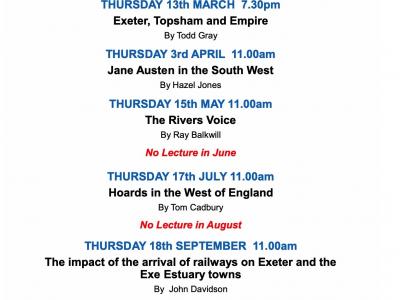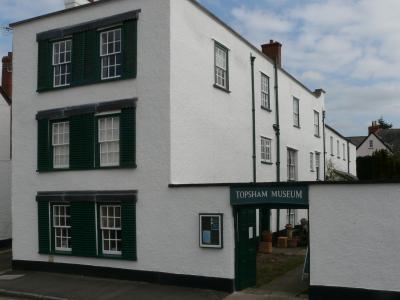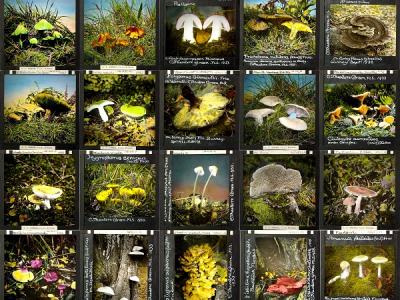Tin equals treasure for Bronze Age finds - The Box, Plymouth
By: Jo Clarke
Added: 22 May 2018
Two Bronze Age items from the city’s archaeology collections have been officially declared as treasure at the Plymouth Coroner’s court.
The bead and studded armband or bracelet, which are both around 4,000 years old, are two of a group of finds discovered within a stone burial chamber or cist at Whitehorse Hill, a remote spot on northern Dartmoor.
They were first displayed to the public in an exhibition at the City Museum and Art Gallery in 2014 having been kindly gifted to Plymouth’s permanent collections by the Duchy of Cornwall.
These artefacts are the earliest examples of tin objects to ever be found on Dartmoor. When new, the bead would have had high sheen and was probably part of a Bronze Age necklace.
The armband or bracelet features 32 small tin studs placed at regular intervals along a delicate band of braided cow hair. The studs would have originally been bright silver in appearance. Evidence of the use of tin for such a decorative object is extremely rare.
Both items received their official Treasure classification due to their age and their metal content.
They, and the rest of the contents of the Whitehorse Hill cist, suggested that the person who’d been buried there was a young female of high status.
As well as evidence of a cremation archaeologists discovered a bear pelt, a beautifully woven basket, the earliest examples of turned wood in Britain, worked leather and textiles and more than 200 beads.
Councillor Peter Smith, Deputy Leader said: “When the Whitehorse Hill cist was found on Dartmoor the objects it contained gave academics and scientists one of the best glimpses into life in early Bronze Age Southern England they’d ever had.”
“The treasure classification for these two items really underlines the importance of the tin finds. Along with the other Whitehorse Hill objects they’ve given us a real insight into ancient materials, technology and trade. 7 years after being discovered we are still learning new things about them, which is amazing.”
The finds from Whitehorse Hill will be displayed in the ‘Port of Plymouth’ gallery in The Box when it opens in 2020.
Throughout 2018 and the early part of 2019 you can see a flint tool discovered in the cist in the ‘Finding Prehistory’ exhibition at Dartmoor National Park’s Visitor Centre in Princetown.
You can find out more about Plymouth’s archaeology collections at www.plymhearts.org/archaeology
Latest news
-
Museum Opens for New Season!
Dawlish Museum
-
AGM 2025
Dawlish Museum
-

The David Clement Memorial Lecture: William S Lindsay, shipowner, politician and envoy
Topsham Museum
-

Secret Gardens Programmes on Sale now!
Topsham Museum
-

The Box wins second Muddy Stilettos award
The Box, Plymouth
-

Whiteway's Cyder in the 1920s
Whimple Heritage Centre
-
.jpg&w=400&h=300&zc=1)
Groundbreaking art exhibition arrives at The Box
The Box, Plymouth
-

Open call for artists to work on Changing Stories: Connecting and Collecting with Exeter’s Communities
Royal Albert Memorial Museum and Art Gallery
-
Summer season opening
Totnes Museum
-

Save the Date! Secret Gardens of Topsham, Sunday 8 June 2025
Topsham Museum
-

Full Ahead Lecture Season 2025: Jane Austen and her South West Connections
Topsham Museum
-

Art Exhibition: David Robinson, artist, accountant and sailor
Topsham Museum
-

Full Ahead Lecture Season 2025
Topsham Museum
-

Repairs to the Museum
Topsham Museum
-

New Artist Opportunity from Exeter’s Royal Albert Memorial Museum and Art Gallery
Royal Albert Memorial Museum and Art Gallery










